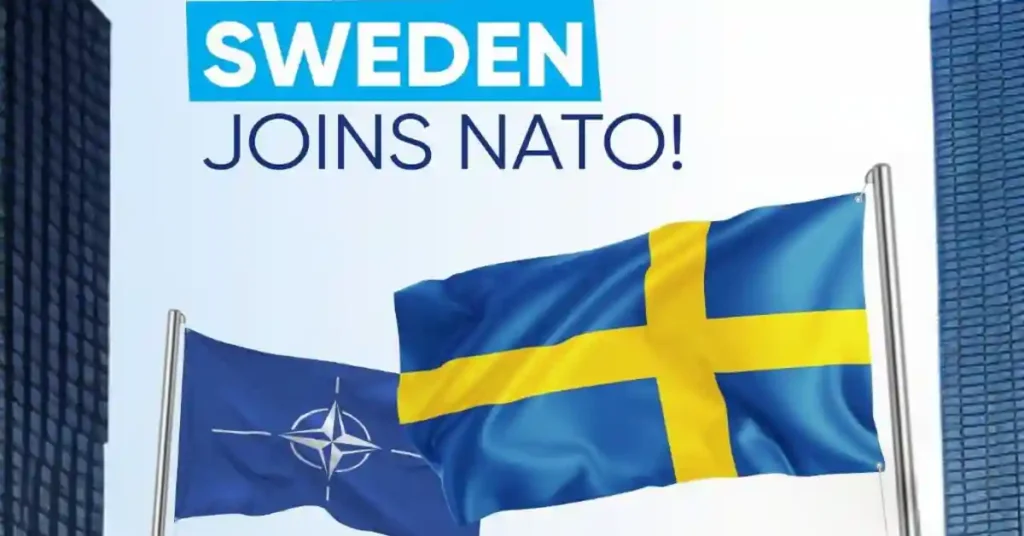Table of Contents
In the aftermath of Russia’s 2022 invasion of Ukraine, Sweden has embarked on a significant shift in its foreign policy by seeking NATO membership. This decision, recently ratified by Hungary’s parliament, marks a pivotal moment for Sweden’s defense strategy and introduces substantial changes to the geopolitical landscape in the Baltic Sea region.
Historical Neutrality to NATO Aspiration
Sweden, historically known for its policy of neutrality, adopted a stance of military non-alignment following the Cold War. Despite not being a NATO member, Sweden actively participated in international peacekeeping missions and gained a reputation as a “humanitarian superpower.” The journey towards NATO membership saw Sweden progressively aligning with the alliance, joining the Partnership for Peace program in 1994 and the Euro-Atlantic Partnership Council in 1997.
The unexpected turn towards NATO membership in 2022, breaking long-standing resistance, was triggered by Russia’s invasion of Ukraine. Formerly considered a taboo among the Social Democrats, Sweden’s largest political party, the shift in public opinion led to a majority vote in the Swedish parliament to apply for NATO membership, along with Finland, in May 2022.

Sweden’s NATO Entry and Military Contribution
Traditionally emphasizing a robust military to safeguard its neutrality, Sweden underwent a significant reduction in defense spending post-Cold War. However, changing global dynamics, particularly Russia’s actions in Crimea and the invasion of Ukraine, prompted a reversal in this trend. In response to Russia’s full invasion of Ukraine in 2022, Sweden pledged to increase defense spending, targeting two percent of GDP.
As of late 2023, Sweden’s government announced that military spending would surpass the two percent goal in 2024. The Swedish military, comprising around 50,000 soldiers and a well-equipped air force and navy, stands ready to contribute troops to NATO’s forces in Latvia. With this, Sweden and Finland’s NATO membership completes the encirclement of the Baltic Sea by alliance members, earning it the moniker “NATO lake.”
Implications for Sweden’s Defense Strategy
Joining NATO fundamentally alters Sweden’s defense calculations. The traditional approach of solving tasks independently is replaced by a collective defense strategy within the alliance. The mindset shifts from defending solely Swedish territory to safeguarding allied territory, reflecting a transition from being a self-reliant actor to a team player in NATO.
The strategic shift also challenges Sweden’s historical perception of power relations in potential conflicts. Previously seeing itself as a small state facing larger adversaries, Sweden now acknowledges the combined economic and demographic strength of NATO compared to Russia. This change in perspective, from being David to a part of a formidable force encompassing 32 countries, contributes to a decreased likelihood of conflict, according to Swedish army chief Jonny Lindfors.
In conclusion, Sweden’s NATO entry signifies a strategic evolution and reshapes the geopolitical dynamics in the Baltic Sea region. The country’s transformation from a neutral actor to an active NATO member brings about changes in defense strategies, power perceptions, and regional alliances, impacting not only Sweden but also the broader Euro-Atlantic security landscape.
Previous Post
